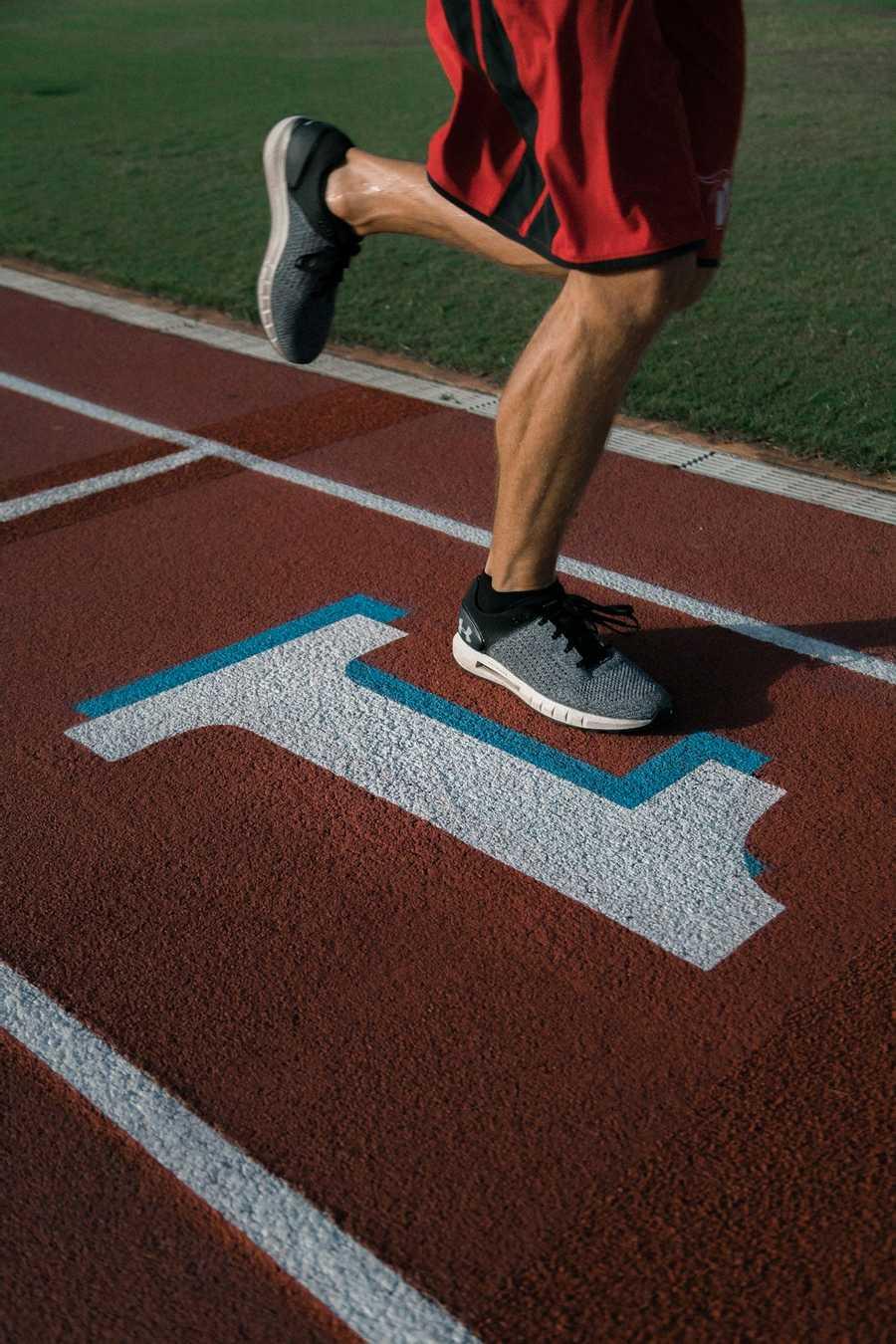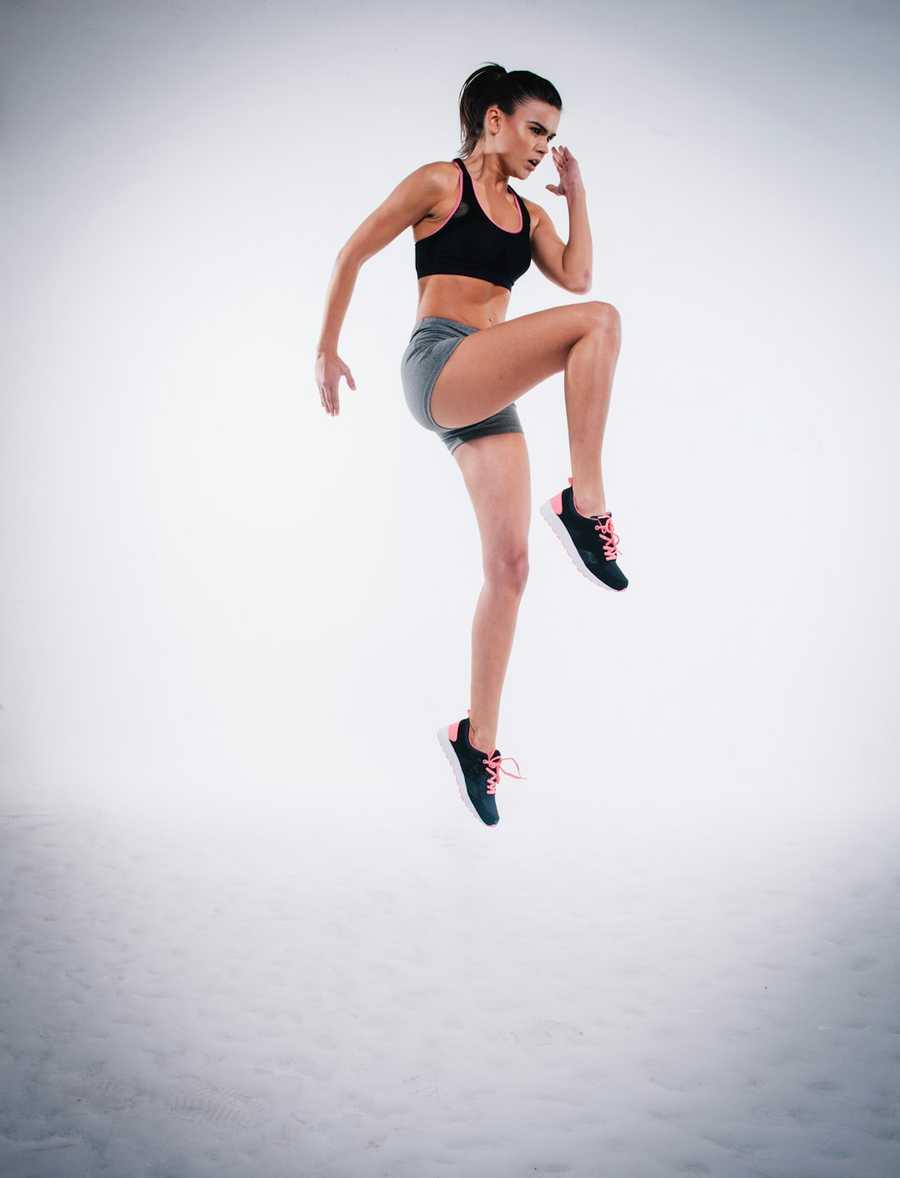Explore the World's Best Ideas
Join today and uncover 100+ curated journeys from 50+ topics. Unlock access to our mobile app with extensive features.
What are strides?
A stride, also known as a pick-up or a strider, is a short acceleration during which you over-exaggerate your running form for a prescribed period of time.
They can be
- plugged in after easy runs to help you work on your form and mechanics (and briefly pick up your speed),
- to warm up before workouts or races, or
- stand alone as a speed workout for new runners.
17
246 reads
Why should I try strides when running?
The ultimate goal of running strides is to increase your stride length while maintaining a quick turnover or cadence.
In layman’s terms, you go from an easy running pace to an accelerated pace by
- lengthening your stride for about 15 seconds;
- then you slow your speed and
- walk to recover and catch your breath.
17
50 reads
How to run strides
- First, find a predictably flat surface (runway) that is long enough to run 30 seconds at speed (about 250 to 300 feet for most).
- If you’re running strides before a speed workout or race, make sure to warm up first with 3 to 5 minutes of walking and 5 to 10 minutes of easy-paced running.
- If you’re running strides at the end of an easy run, walk it out for a few minutes to bring your heart rate down and calm your breathing before you start the drill.
- If strides are new in your running regimen, start with a total of 4 and slowly build to 6 to 8 over time.
16
37 reads
How to run strides (cont.)
- Start the stride by running easy, focusing on a short, quick stride, and then gradually increase your speed by lengthening your stride.
- Keep your torso tall and relaxed. It should feel like a controlled fast pace rather than a sprint.
- When you reach three quarters into the runway distance, gradually decelerate by shortening your stride until you come to a walk.
- If you’re running by time, the total stride should be around 30 seconds (i.e. run easy for 10 seconds, increase stride length for 15 seconds, and decelerate for 5 seconds).
- Walk back to the starting point to recover, and then repeat.
16
31 reads
How to run strides (cont.)
- Strides can also be woven into the middle of an easy run, which is a great strategy for new runners with base mileage to learn mechanics and how to run faster.
- Strides are a great training tool for all runners from beginners to expert runners.
- Weave them in to your training at least once a week to dial in your form.
16
35 reads
Some helpful workouts to get you started
Quick hops
- Once or twice a week, in the middle of your regular workouts, bound from foot to foot for about 30 meters at a time.
- Try to maximize your “air time” while minimizing the amount of time each foot spends on the ground.
- In other words, push hard and fast with the contact foot. Make sure that you cover more distance with these bounds than you do with your normal strides.
Run on your toes
- After you have warmed up properly, “sprint” on your toes for 30 meters, taking small, quick steps with high knees.
- Jog easily for 15 seconds to recover, and then repeat twice more.
16
35 reads
IDEAS CURATED BY
Lawyer turned Artist Visionary Curator & Gallerist. Empowering self-love and joy through art & words. www.innerjoyart.com 💝 Instagram : dymphna.art
Dymphna Lanjuran's ideas are part of this journey:
Learn more about health with this collection
Techniques for brainstorming and generating new ideas
The power of collaboration and feedback in the creative process
How to recognize and overcome limiting beliefs
Related collections
Similar ideas
5 ideas
Running 101: A Beginner's Guide
fitnessmagazine.com
7 ideas
Average Running Speed and Tips for Improving Your Pace
healthline.com
13 ideas
Should You Change Your Stride Length?
runnersworld.com
Read & Learn
20x Faster
without
deepstash
with
deepstash
with
deepstash
Personalized microlearning
—
100+ Learning Journeys
—
Access to 200,000+ ideas
—
Access to the mobile app
—
Unlimited idea saving
—
—
Unlimited history
—
—
Unlimited listening to ideas
—
—
Downloading & offline access
—
—
Supercharge your mind with one idea per day
Enter your email and spend 1 minute every day to learn something new.
I agree to receive email updates






